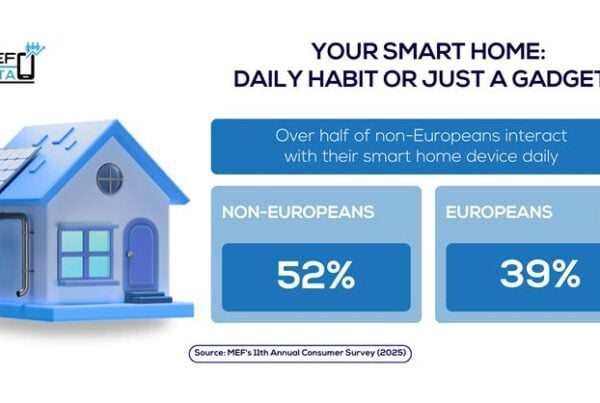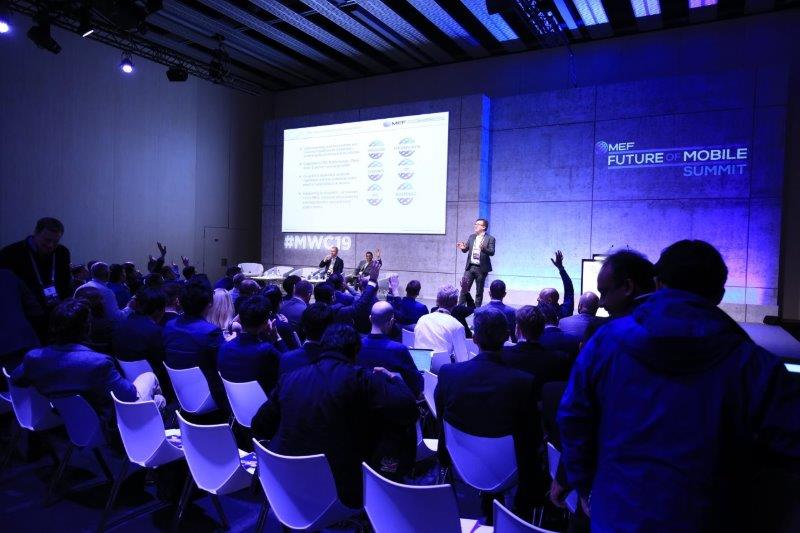MEF Programme Lead for Connectivity & Wholesale, Isabelle Paradis, explains the latest move by Telkom Indonesia to partially spin off its wholesale fibre assets into a dedicated infrastructure entity. The carve-out reflects a broader trend toward specialised fibre operations, aiming to streamline network access, clarify service terms, and support more automated, predictable wholesale offerings across Indonesia and the region.
On October 21, 2025, Telkom Indonesia announced it will partially spin off its wholesale fibre assets into Telkom Infrastruktur Indonesia (TIF), valuing the carve-out at roughly US$2.2 billion.

The package includes backbone, aggregation/access and supporting infrastructure, with approvals still pending. Telkom’s goal: sharpen focus, improve efficiency and unlock long-term value.
For the interconnect and wholesale community, this is another step towards infrastructure-led models (FiberCo/InfraCo) that make networks easier to buy, sell and automate.
Why carve out fibre?
A dedicated infrastructure arm runs on utilisation economics and long-horizon capex, while the retail/service arm focuses on products and customers. That separation typically lowers the cost of capital, speeds build-outs and brings clearer pricing and SLAs. It also sends a neutrality signal: the FiberCo exists to sell capacity to everyone on the same terms.
For buyers, the upside is practical: faster quotes and installs from a crisper product catalogue (dark vs. lit, defined SLA tiers), line-of-sight to expansion plans for better upgrade timing and real route diversity. If usable APIs arrive for quoting, ordering and ticketing, the service becomes “programmable,” which is how global buyers increasingly operate.
Telkom’s spin-off won’t reset the market overnight, but it’s the same structural direction we see elsewhere: de-layered models that make infrastructure easier to buy, sell and automate.”
Why this is good news (if executed well)
A FiberCo gives wholesalers a cleaner interface, with fewer retail conflicts and clearer rules of access. Separation usually accelerates productisation of dark fibre, wavelengths, Ethernet variants, and mobile transport (fronthaul/mid-haul/backhaul) which are backed by transparent SLAs.
It also opens a path to automation: APIs for quote/order/change/fault move the business from manual friction to margin-friendly velocity. Finally, a focused FiberCo tends to publish more predictable build schedules and diversity maps, making it easier to create resilient paths across Indonesia and into regional hubs.
What it could mean for Telin
If domestic fibre sits in a focused FiberCo, Telin gains a more predictable, arm’s-length supply of Indonesian transport into data centres and landing stations. Internally, that tightens SLAs, clarifies transfer pricing and shortens time to deliver. Externally, Telin can package end-to-end routes with fewer handoffs and offer a cleaner story to customers: predictable builds, contractable neutrality and a faster path from subsea to service.
In addition, if TIF exposes usable APIs, Telin’s buyers can integrate Indonesian capacity directly into their own platforms, making upgrades and re-routes part of normal workflows.
What it could mean for the region
Indonesia’s archipelago scale makes transport and aggregation the bottleneck. A focused FiberCo could unblock that in three ways that matter regionally.
First, by upgrading 5G transport and fixed-wireless backhaul on inter-island trunks and the busiest metro corridors you cut congestion at cell-site aggregation and stabilise latency/jitter for roaming, IoT and enterprise VPNs.
Second, by tightening the edge/DC fabric, with clear POP lists, standard cross-connect terms, and predictable backhaul from cable landings into major data centres, you reduce hop count to peering and clouds, which improves end-user experience for regional transit and hyperscaler on-ramps.
Third, by publishing diversity classes and restoration paths, buyers can design verifiable resilience across island crossings and weather-exposed spans.
The net effect: lower and more stable latency into Indonesia from regional hubs, faster turn-ups for multinational networks, and cleaner paths for wholesale IP, Ethernet, and wavelength services stitched across the archipelago and out to neighbouring markets.
The takeaway
Telkom’s spin-off won’t reset the market overnight, but it’s the same structural direction we see elsewhere: de-layered models that make infrastructure easier to buy, sell and automate. The real unlock comes if TIF operationalises the split quickly. That means:
- Published product books
- Quarter-by-quarter build and diversity plan
- Usable APIs
- Credible neutrality
If those show up on a clear timeline, Indonesia could become a higher-velocity node in regional interconnect plans and make it easier to integrate, faster to scale, and simpler to assure for carriers to empower routes between Southeast Asian hubs and the Indonesian market.





